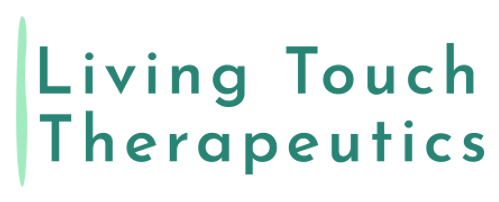Tricep Kickback Exercise
- Benjamin Mishleau
- Jan 23
- 3 min read
Updated: Feb 20
The tricep kickback exercise emerged as a staple in resistance training during the mid-20th century as weightlifting and bodybuilding gained mainstream popularity. Its origins are tied to the rise of targeted isolation exercises, which were championed by fitness pioneers like Vince Gironda and other bodybuilders of the era who emphasized muscle symmetry and definition. The tricep kickback quickly became a favorite for its ability to precisely isolate the triceps, helping to enhance arm strength without the need for complex equipment. Over time, it found a place in physical therapy, general fitness routines, and athletic training programs due to its simplicity and effectiveness in improving upper-arm functionality and tone.
Purpose: Strengthen and tone the triceps, the muscles located on the back of the upper arm. Supports functional strength in pushing and extending movements.
Targeted Areas: Triceps brachii
Instructions:
Set up next to a bench with your feet hip-width apart, positioning your left foot slightly forward for better support. Place your left hand on the bench for stability while holding a dumbbell in your right hand, with your palm facing your body and the dumbbell hanging in line with your legs.
Engage your triceps and upper arm muscles to slowly extend your right arm, creating a straight line from your hand to your shoulder.
Carefully return the dumbbell to the starting position in a controlled motion.
Perform 8–12 repetitions, then switch sides, repositioning your body as needed. Alternate between arms for a total of 2–3 sets per side.
Tips:
Keep your elbows stationary throughout the exercise; only your forearms should move.
Avoid swinging the weights or using momentum.
Engage your core to stabilize your body and maintain proper posture.
Who Should Do the Tricep Kickbacks?
The tricep kickback is an isolation exercise that specifically targets the triceps. It’s ideal for:
Bodybuilders & Strength Athletes: A great exercise for isolating and developing the triceps, especially for those looking to enhance arm size and definition.
People Looking to Tone & Strengthen the Triceps: It’s effective for those who want to target and tone the triceps without heavily engaging other muscle groups.
Those with Specific Focus on Arm Strength: People looking to improve arm strength and endurance can benefit from adding tricep kickbacks to their workout routine.
Beginners to Weight Training: It’s a simple, low-impact exercise that can be performed with light weights, making it ideal for beginners or those new to resistance training.
Athletes & Sports Enthusiasts: Strengthening the triceps can help improve performance in sports requiring arm strength and pushing movements, such as swimming, tennis, or basketball.
Who Should Avoid or Modify the Tricep Kickbacks?
While generally a safe exercise, some individuals should modify or avoid the tricep kickback due to specific issues or limitations:
People with Shoulder Injuries: The tricep kickback requires shoulder stability, and performing the movement incorrectly or with heavy weights can aggravate shoulder injuries, especially rotator cuff issues. Modifications may be needed, or the exercise should be avoided if there’s a significant shoulder issue.
Individuals with Elbow Problems: The movement puts stress on the elbow joint, particularly if there is pre-existing elbow discomfort, such as tendinitis or golfer’s elbow. Those with elbow pain should consider reducing weight or avoiding the exercise.
People with Lower Back Issues: Maintaining proper posture during the exercise is crucial. If there’s a tendency to arch the lower back or hunch over, the tricep kickback could strain the lower back. Those with lower back issues should avoid excessive leaning forward or adjust their form.
Pregnant Women (Later Stages): Lifting weights with a forward lean or overhead motion might cause discomfort or strain during pregnancy, particularly in later stages. Alternative exercises with less strain on the core and lower back might be recommended.
Individuals with Wrist Injuries: The position of the hands and wrists during the kickback could exacerbate wrist issues like carpal tunnel syndrome or sprains. Using wrist wraps or modifying the hand positioning might help, but it’s best to consult a professional if wrist pain is present.
Those New to Resistance Training: If you’re new to exercise, performing tricep kickbacks with poor form (e.g., not keeping the back straight or using too heavy weights) can lead to injury. Starting with light weights and focusing on proper technique is essential.
If It Causes Pain: If in doubt, if it causes pain, don't do it.









Comments